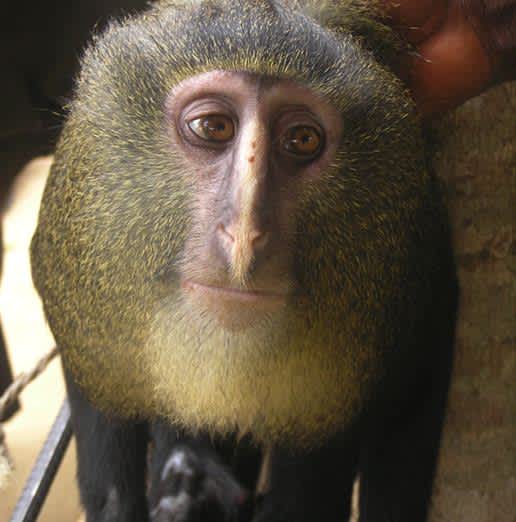Photos: New Species of African Monkey Identified
OutdoorHub Reporters 09.13.12

For the second time in 28 years, scientists have discovered a new species of African monkey. However, this was not a new discovery to the people living in the remote forest of the Democratic Republic of Congo in central Africa: locals there have been living with the monkey, which they call the Lesula, for years. Scientists are calling the newly-identified species Cercopithecus lomamiensis.

The Lesula is a type of long-tailed, grizzly-haird African monkey endemic to sub-Saharan Africa. Its habitat ranges from wooded savannas to closed forest.

At first, scientists weren’t sure if the Owl-faced monkey (above, left) was the same species as the Lesula (right). While bone structure is the main feature that sets them apart, on the surface, a mane of grizzled blond hairs framing a protruding face and a distinct cream color is visible. Below, a lateral view of a hunter-killed male (left) and eagle-killed female (right) shows differences in the body.
The (C. lomamiensis) Lesula’s skull is on the left as compared to C. hamlyni or Owl-faced monkey on the right. The Lesula has a distinctive elongated nasal profile and larger orbits. It also has a narrower distance between orbits and larger incisors (first four front teeth used for cutting and gnawing).

The team who discovered and detailed the monkey, led by John Hart, chanced upon the strange monkey tethered to a post in the Congolese village of Opala. Hart told CNN that it was the pet of a local school director’s daughter who adopted it after its mother was killed.
“Right away I saw that this was something different. It looked a bit like a monkey from much further east, but the coloring was so different and the range was so different,” said Hart.

For the next three years, scientists collected samples from hunters and monkeys freshly killed by wildlife predators to complete their report on the new discovery. Find the full report here.


